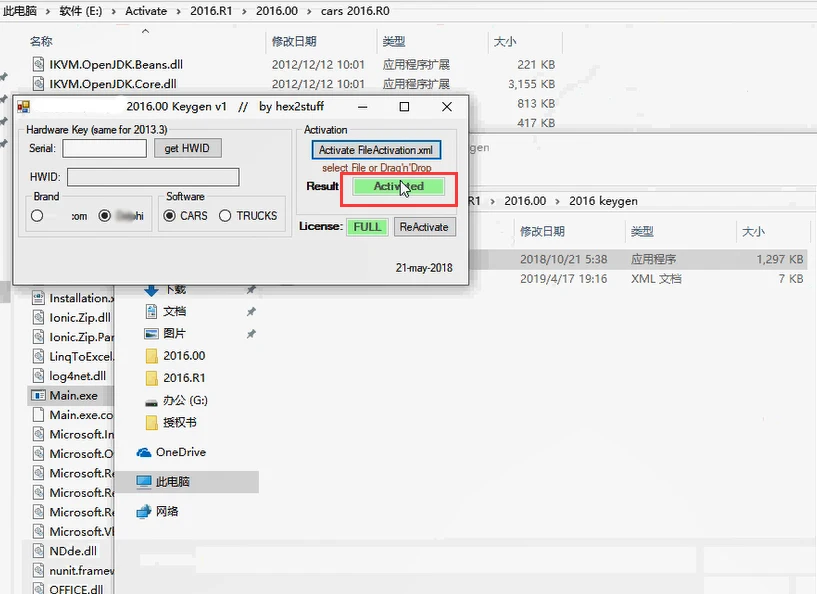
- #Tell boostnote for save location to go to usb how to
- #Tell boostnote for save location to go to usb series
- #Tell boostnote for save location to go to usb download
#Tell boostnote for save location to go to usb how to
Here’s how to wire it if you’re using a breadboard:

That way you can compare it to the better sounding one we’ll build later on. Now that we have a little background information on the LM386, let’s start by building a bare bones LM386 amplifier with the minimum amount of components needed to make it work.
#Tell boostnote for save location to go to usb series
The gain can be changed to any value between 20 and 200 by placing a resistor (or potentiometer) in series with the capacitor. With the 10 μF capacitor, the gain will be set to 200. Without a capacitor between pins 1 and 8, the gain will be set to 20. Gain control can be achieved by connecting a 10 μF capacitor between pins 1 and 8. If your gain is set to 200, the range of volume is 0 to 200. For example, if your gain is set to 20, the range of volume is 0 to 20. Gain sets the range of possible volume levels.

Volume lets you adjust the sound level within the range of amplification set by the gain. So what’s the difference then? Gain is the amplification of the input potential and is a characteristic of the amplifier. That amplification is what’s known as the voltage gain.Īfter you build this amp and play with the volume and gain controls, you’ll notice that both appear to raise or lower the intensity of sound coming out of the speaker. In an amplifier circuit, the LM386 takes an audio input signal and increases its potential anywhere from 20 to 200 times. They take an input potential (voltage) and produce an output potential that’s tens, hundreds, or thousands of times the magnitude of the input potential.

Operational amplifiers have a basic task. The LM386 is a type of operational amplifier (Op-Amp). The pinout is shown in the diagram below:ĭownload the datasheet for more information about the output power, distortion characteristics, and minimum/maximum ratings: I used a 9V battery for the power supply and it works great, but you can go down to 4V or up to 12V. The datasheet has graphs that will tell you. The actual output power you get will depend on your supply voltage and speaker impedance. There are three varieties of the LM386, each with different output power ratings: The chip has options for gain control and bass boost, and it can also be turned into an oscillator capable of outputting sine waves or square waves. Only a couple resistors and capacitors are needed to make a working audio amplifier.
#Tell boostnote for save location to go to usb download
BONUS: Download my parts list for the LM386 amplifier with bass boost circuit to see which components to use for good sound quality.


 0 kommentar(er)
0 kommentar(er)
